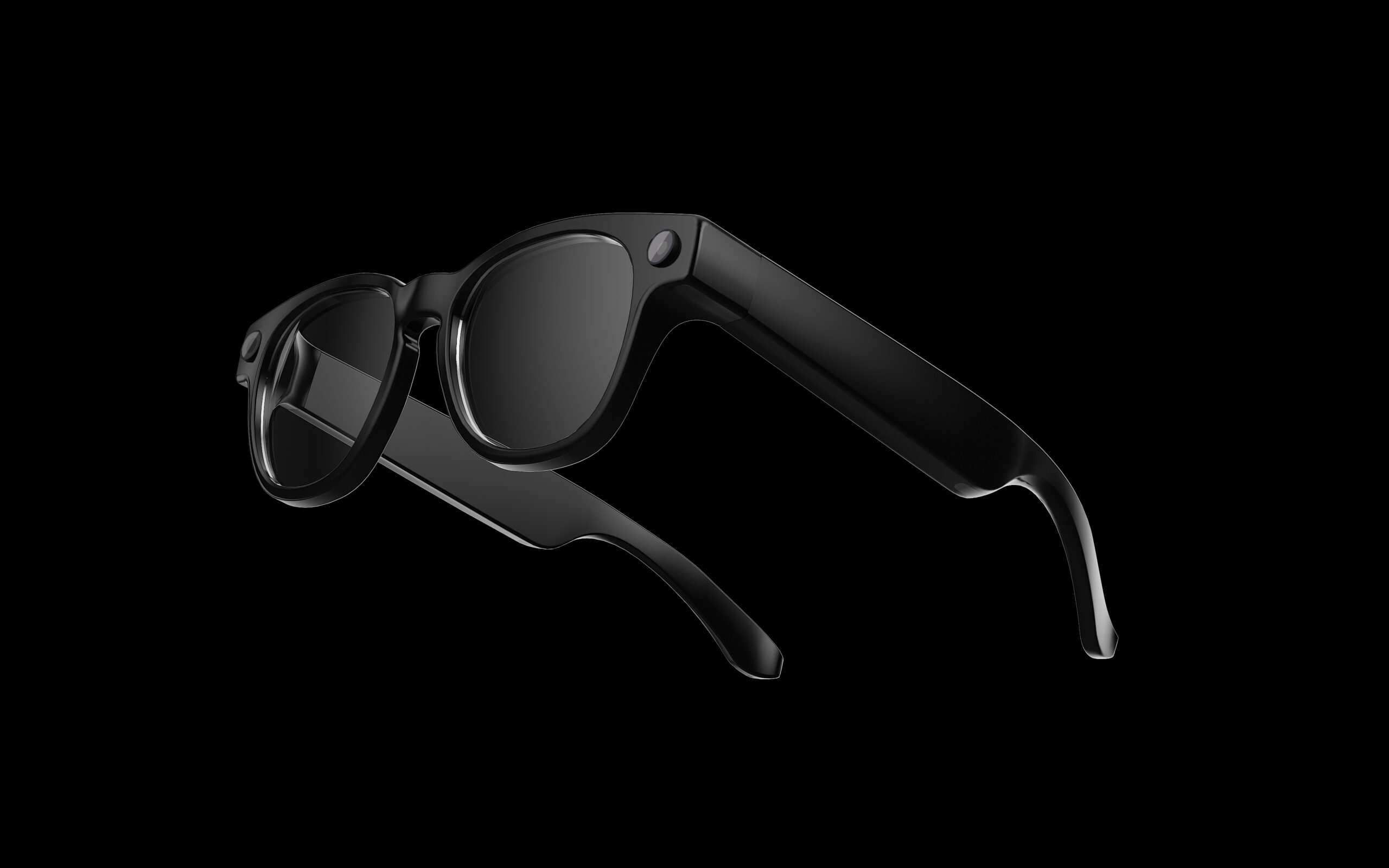Mentra has raises $8 million and launched MentraOS 2.0, an open-source operating system and app store for smart glasses.
MentraOS 2.0 is a cloud-native, cross-device platform that finally gives smartglasses the software layer smartphones have had for over a decade. It’s already used more than eight hours a day by deaf and hard-of-hearing users, and ships with built-in apps for live captions, translation, notifications and a proactive AI assistant. It also has an app store.

Unlock premium content and VIP community perks with GB M A X!
Join now to enjoy our free and premium membership perks.
![]()

![]()